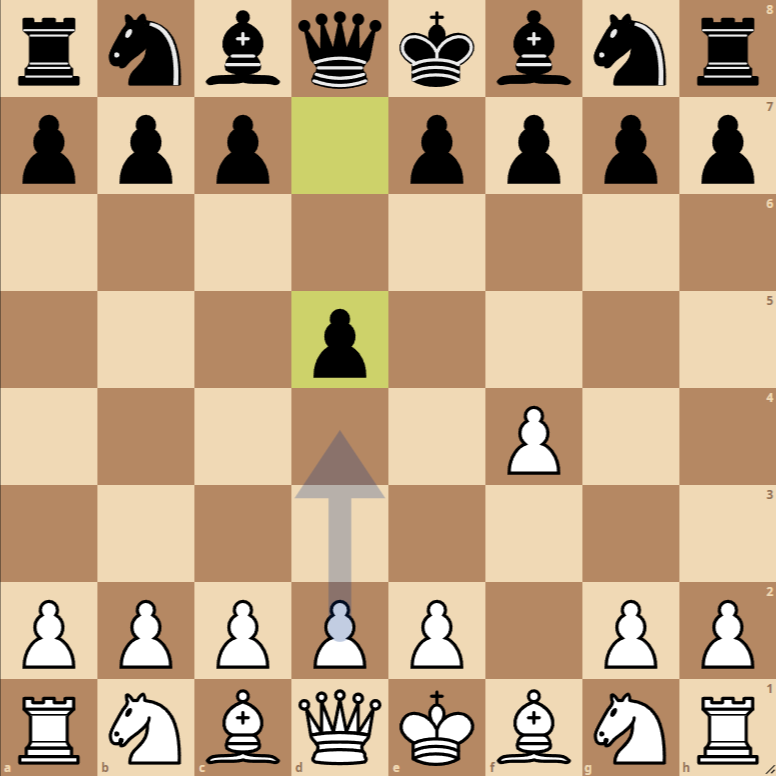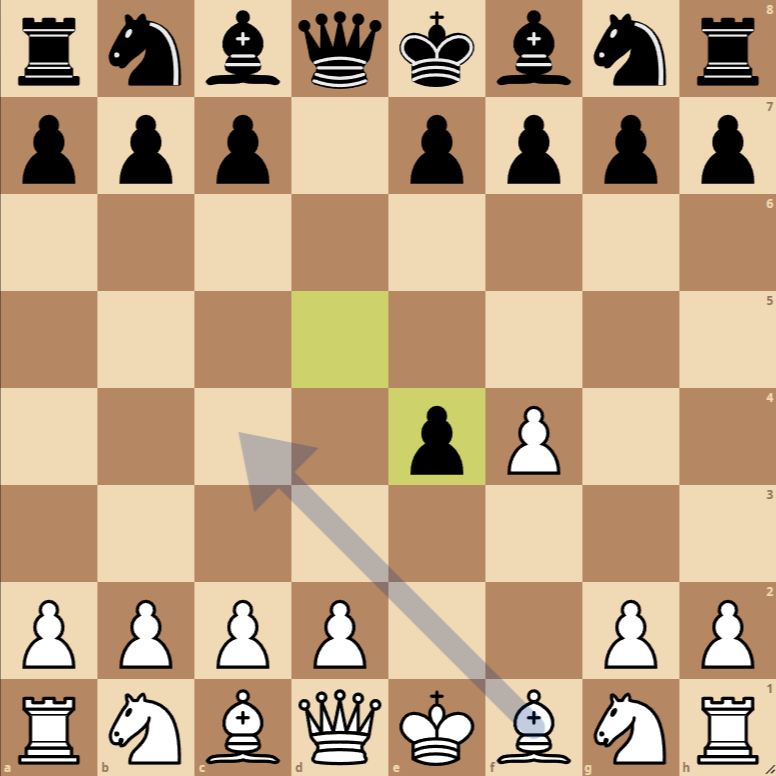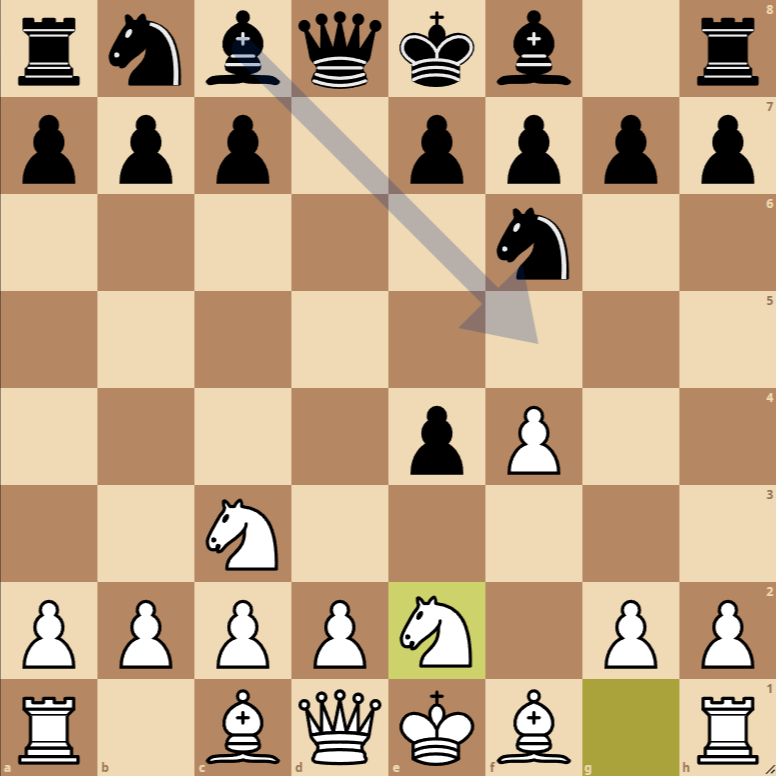How to Play the Bird Opening: Williams-Zilbermints Gambit



- 1. f4: This move aims to control the e5 square, paving the way for a strong king’s flank game. It is the characteristic start of the Bird Opening, named after Henry Bird, who popularized it.
- 1… d5: Black responds centrally, occupying the center and preparing to counterplay in the middle of the board.
- 2. e4: White offers a pawn to accelerate their development and open lines for their pieces. This sacrifice marks the beginning of the Williams-Zilbermints Gambit.
- 2… dxe4: Black accepts the gambit, capturing the pawn on e4. This action helps Black establish a spatial advantage in the center.
- 3. Nc3: White develops a knight to the center, pressuring the e4 pawn and preparing to recapture it while continuing their development.
- 3… Nf6: Black develops a knight, defending the e4 pawn and preparing to proceed with their central play.
- 4. Nge2: An uncommon move that develops the other knight with the idea of regaining the e4 pawn or reinforcing the center with d4. White also prepares for kingside castling.
Variations of the Bird Opening: Williams-Zilbermints Gambit
Early Pawn Recovery
One variation involves attempting to quickly recover the pawn on e4 with Ng3, followed by Qe2, aiming for recovery while maintaining central pressure.

